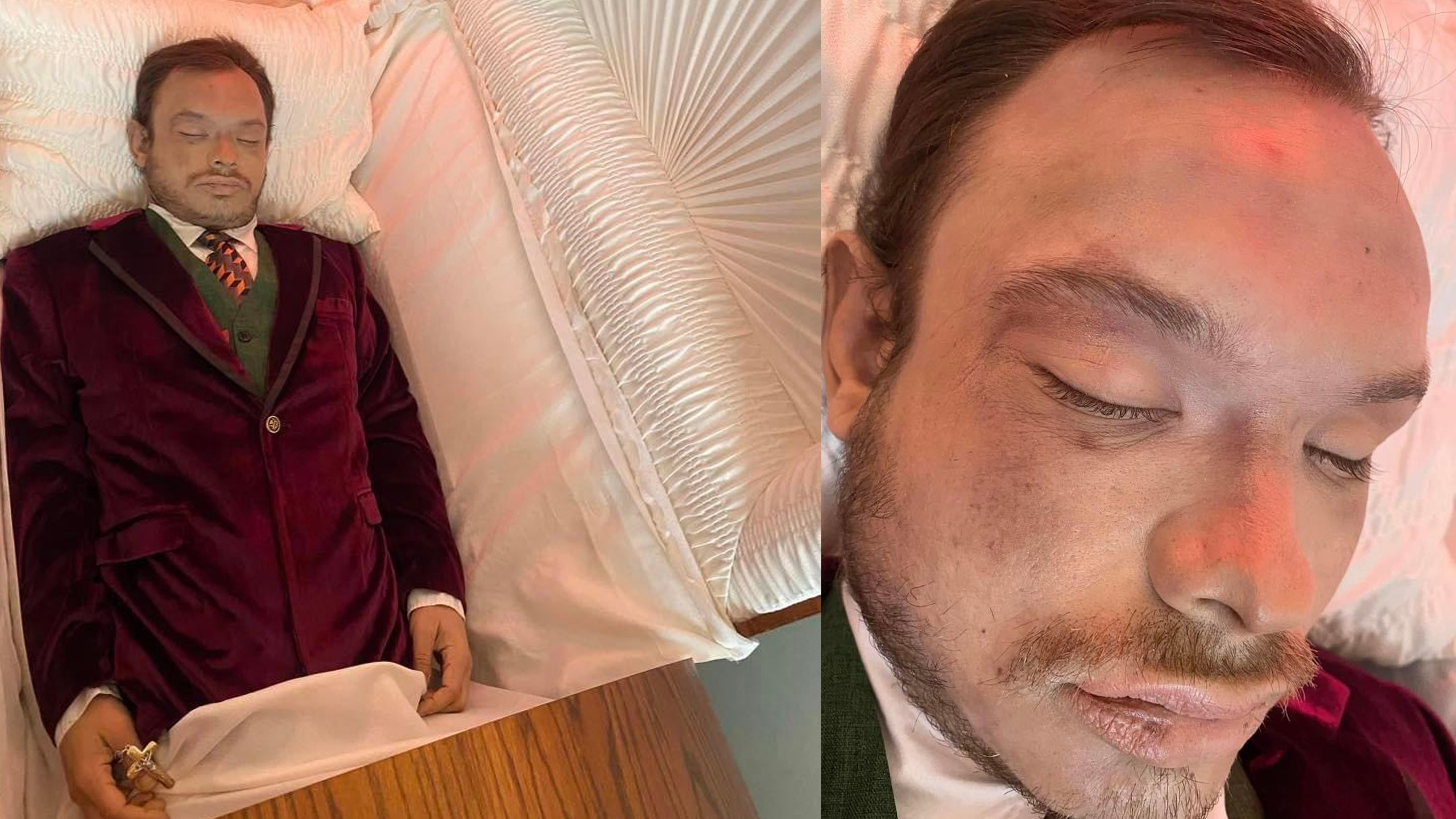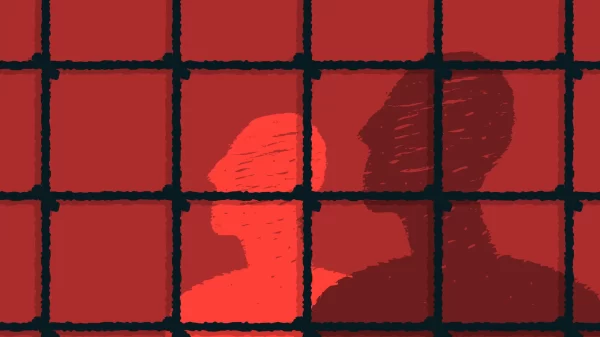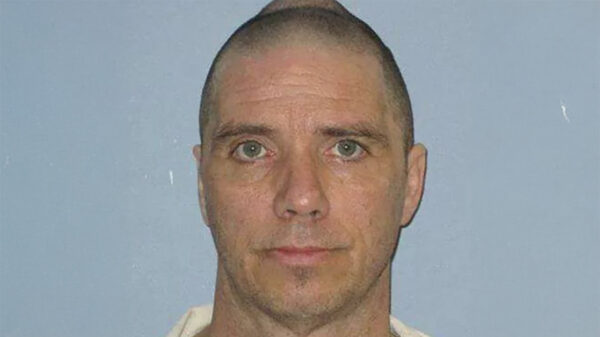Anthony Kendrick, 27, died on Aug. 8 at Limestone Correctional Facility. His family is still seeking to understand how their loved one died but has been refused attempts to see or get an autopsy report. However, when the family received Anthony’s body for the funeral last week, there were bruises on his body.
Leota Kendrick and Justis Kendrick, Anthony’s mother and brother, spoke to APR and said they first found out about their loved one’s death from an incarcerated individual contacting them. Soon after they finished that call, they were contacted by the facility chaplain who told them about Anthony’s passing.
Since then, the family has attempted to get any information about a cause of death or autopsy for Anthony but has been unsuccessful. Leota said that Limestone and UAB Hospital have both denied attempts to get any medical records, or autopsy report or allow another entity to embalm Anthony.
“The prison itself had [an autopsy] done, but lied and said there wasn’t going to be an autopsy,” Leota said. “So when they went to embalm him, I asked if my own funeral home could do the embalming and [UAB] said that they had to do it because they’re in partnership with the prison and that anything they do all goes to the prison no matter what papers I’ve signed. So even after I signed released papers for all information to come to me, it still goes to the prison.”
APR spoke to an administrative assistant for the Warden at Limestone who stated it was, “standard policy to conduct [an autopsy].”
Justis stated that Limestone has a history of officers abusing incarcerated people. APR reported on a TikTok video in which an incarcerated individual discussed how he was beaten at Limestone Correctional Facility. In the video, the man states that “police are beating [and] mistreating people in prison.”
Leota said that violence may have been involved in her son’s death because she had just spoken with Anthony the same day before he passed and he was fine.
“I had just talk to him and he had people around him of course,” Leota said. “He was supposed to call me back by two o’clock and apparently that’s when it happened.”
A funeral service for Anthony was held last Thursday but when the funeral home received his body they documented bruising all over his body. Anthony was already embalmed and the autopsy was completed once he arrived but yet the family is still unsure what caused their loved one’s passing. The images below depict apparent bruising on Anthony’s face.
Justis said the Alabama Department of Corrections (ADOC) deliberately attempts to “sweep under the rug” the actual number of violent deaths that occur by not releasing autopsies and lying about causes of death.
“Whenever they don’t release the [autopsy],” Justis said, “what that does is makes it whenever people look up statistics or they release a statement it will say like 17 people died from homicide this year but if you look at it, it will be like 250 died really that they swept under the rug.”
A Montgomery Advertiser article from 2021 mentions ADOC’s record of documenting “natural” deaths when individuals actually died by force.
“In an amended complaint filed in the DOJ federal lawsuit this week, federal investigators again alleged ADOC routinely fails to accurately report violent incidents and deaths inside its men’s facilities,” Melissa Brown wrote. “The complaint cites discrepancies in prisoner deaths recorded as “natural,” when in fact prisoners have died via force, in addition to deaths reported by local media that ADOC didn’t include in its own statistical reports.”
Justis is also formerly incarcerated himself and stated that he routinely signed questionable paperwork when transferred between multiple prisons. He has also seen firsthand the type of violence that occurs in the facilities.
“I’ve signed paperwork that said I couldn’t sue if I got killed,” Justis said.
Justis and Leota are also devastated because Anthony could have been sent to rehab instead of prison and would likely still be here. Anthony was arrested for a drug offense back in January but during his court date on March 2 Leota said that the judge was planning to send her son to rehab and a bed was already made for him. However, Anthony’s probation officer recommended that he be sent to Limestone instead, and would die just over 5 months later.
That court date was also the last time Leota was able to see her son in person before his death.
“[Anthony’s] personality was one of those bright lights that bring you joy,” Justis said of his brother. “And the Department of Corrections failing him robbed the public of that, that bright light ain’t here no more.”





















































